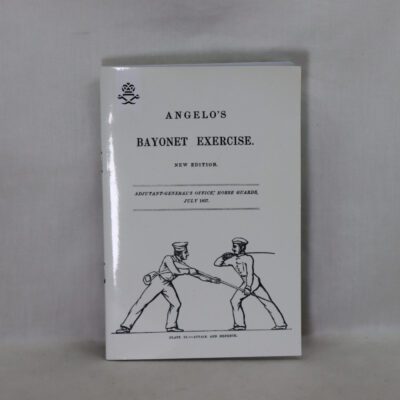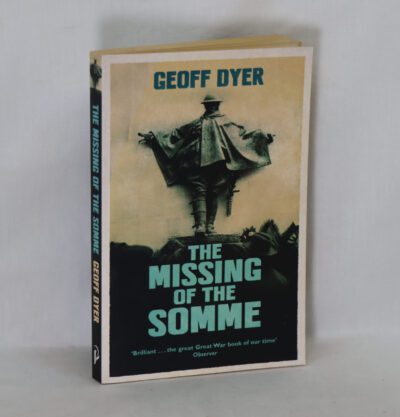The search for your perfect item starts here ...
The English Electric Lightning.
By Martin W Bowman
ISBN: 9781445623658
Printed: 2019
Publisher: Pen & Sword Aviation. Barnsley
Edition: First edition
| Dimensions | 19 × 25 × 1 cm |
|---|---|
| Language |
Language: English
Size (cminches): 19 x 25 x 1
Condition: As new (See explanation of ratings)
Your items
Item information
Description
Softback. Navy title and photographs of the plane on the front board.
F.B.A. provides an in-depth photographic presentation of this item to stimulate your feeling and touch. More traditional book descriptions are immediately available.
The early 1950s were a boom time for British aviation. The lessons of six years of war had been learned and much of the research into jet engines, radar and aerodynamics had begun to reach fruition. In Britain, jet engine technology led the world, while wartime developments into swept wing design in Germany and their transonic research programme were used to give western design teams a quantum leap in aircraft technology. The English Electric Lightning emerged at this time.
The English Electric Lightning is a British fighter aircraft that served as an interceptor during the 1960s, the 1970s and into the late 1980s. It remains the only UK-designed-and-built fighter capable of Mach 2. The Lightning was designed, developed, and manufactured by English Electric, which was later merged into the newly formed British Aircraft Corporation. Later the type was marketed as the BAC Lightning. It was operated by the Royal Air Force (RAF), the Kuwait Air Force (KAF), and the Royal Saudi Air Force (RSAF). A unique feature of the Lightning’s design is the vertical, staggered configuration of its two Rolls-Royce Avon turbojet engines within the fuselage. The Lightning was designed and developed as an interceptor to defend the V bomber airfields from attack by anticipated future nuclear-armed supersonic Soviet bombers such as what emerged as the Tupolev Tu-22, but it was subsequently also required to intercept other bomber aircraft such as the Tupolev Tu-16 and the Tupolev Tu-95. The Lightning has exceptional rate of climb, ceiling, and speed; pilots have described flying it as ‘being saddled to a skyrocket’. This performance and the initially limited fuel supply meant that its missions are dictated to a high
degree by its limited range. Later developments provided greater range and speed along with aerial reconnaissance and ground-attack capability. Overwing fuel tank fittings were installed in the F6 variant and offered an extended range, but the maximum speed of the configuration was limited to a reported 1,000 miles per hour (1,600 km/h). Following retirement by the RAF in the late 1980s, many of the remaining aircraft became museum exhibits. Until 2009, three Lightnings were kept flying at ‘Thunder City’ in Cape Town, South Africa. In September 2008, the Institution of Mechanical Engineers conferred on the Lightning its ‘Engineering Heritage Award’ at a ceremony at BAE Systems’ site at Warton Aerodrome.
Want to know more about this item?











